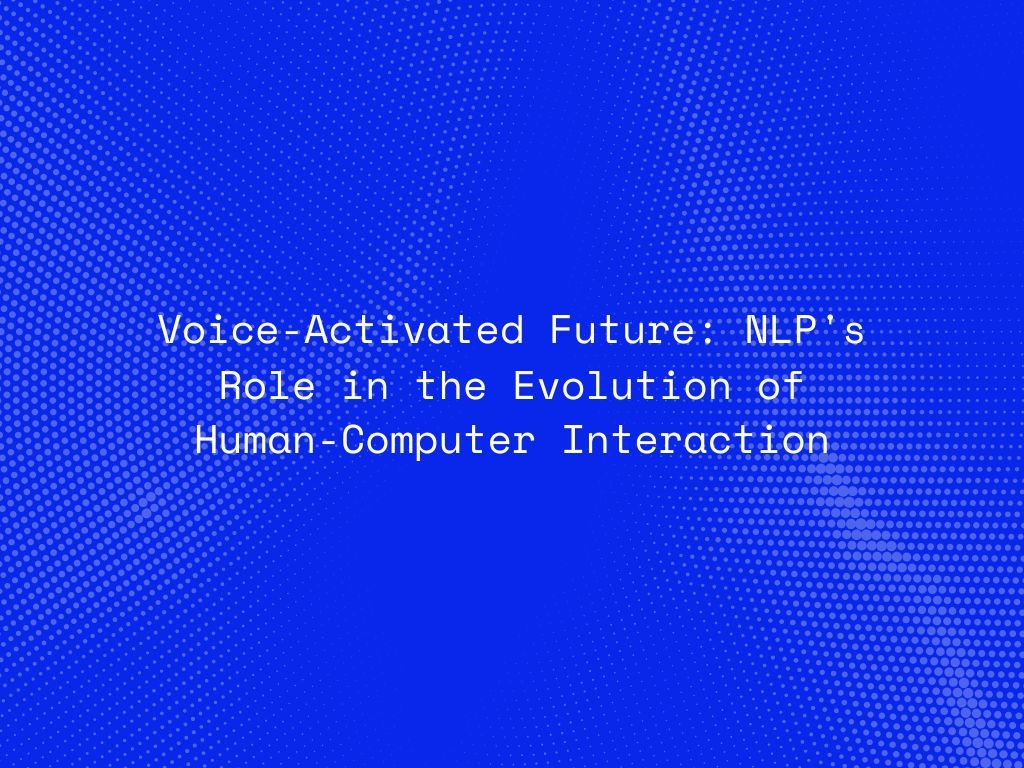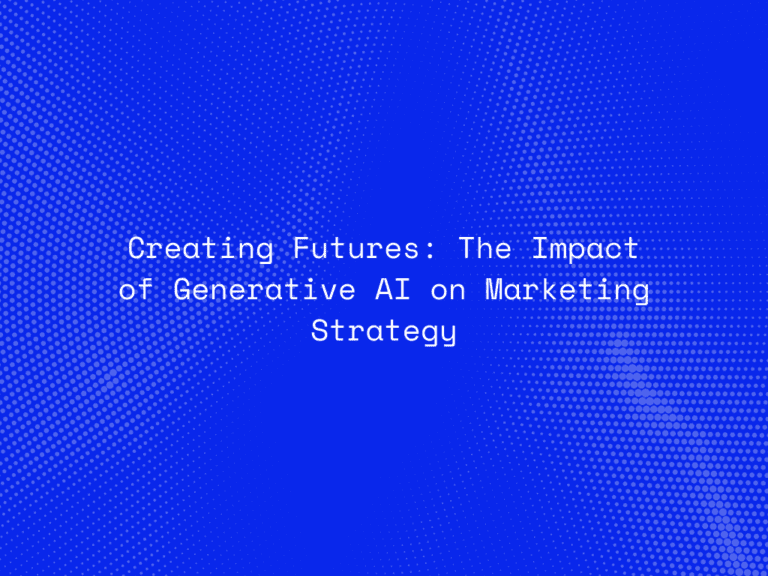As artificial intelligence continues to mature, we’re entering a new era of computing—one where talking to machines is no longer science fiction, but a daily reality. Whether asking a voice assistant for directions or dictating a message on a smartphone, Natural Language Processing (NLP) is at the heart of this transformation.
In the journey from keyboards and touchscreens to voice-first interfaces, NLP is reshaping how we engage with technology, offering a more natural, intuitive, and accessible mode of communication. This blog explores how NLP is revolutionizing human-computer interaction (HCI) and what the future holds for voice-activated systems.
The Shift from GUI to VUI
Historically, interactions with machines relied on graphical user interfaces (GUIs)—pointing, clicking, and typing. But with the rapid evolution of NLP, voice user interfaces (VUIs) are becoming mainstream. Today’s digital assistants like Amazon Alexa, Apple Siri, Google Assistant, and Microsoft Cortana are powered by sophisticated NLP models capable of understanding and responding to human language in real time.
This shift is not merely about convenience. Voice interfaces have the potential to:
-
Improve accessibility for individuals with disabilities.
-
Increase efficiency by allowing hands-free multitasking.
-
Reduce learning curves for interacting with digital products.
-
Enable seamless integration with smart devices and wearables.
How NLP Powers Voice Interactions
At the core of every voice interaction lies a pipeline of NLP tasks, including:
1. Automatic Speech Recognition (ASR)
Converts spoken language into text. This is the first step in processing voice input.
2. Natural Language Understanding (NLU)
Parses and interprets the user’s intent from the transcribed text, identifying key entities and commands.
3. Dialogue Management
Decides how the system should respond based on the user’s intent, context, and previous interactions.
4. Natural Language Generation (NLG)
Forms a natural-sounding response in human language.
5. Text-to-Speech (TTS)
Converts the generated response into audible speech.
Together, these components enable smooth, context-aware conversations between humans and machines.
Key Advancements Driving Voice-First Interfaces
Several technological breakthroughs have propelled voice and NLP-based interfaces into the mainstream:
-
Transformer Models & LLMs: The rise of transformer-based architectures like BERT and GPT has significantly improved the accuracy and contextual understanding of language models.
-
Multilingual NLP: Tools like Google’s multilingual BERT enable seamless communication across languages, expanding the global usability of voice interfaces.
-
Edge NLP Processing: With the increasing use of Edge AI, devices can process voice commands locally, reducing latency and enhancing privacy.
-
Zero-Shot and Few-Shot Learning: These approaches allow models to generalize across tasks with minimal data, enabling quicker deployment of new voice functionalities.
Challenges in Voice-Driven Interaction
Despite the progress, voice-enabled NLP systems still face hurdles:
-
Accents, dialects, and background noise can reduce speech recognition accuracy.
-
Context retention is limited in many assistants, leading to unnatural conversations.
-
Privacy concerns about always-on devices collecting voice data.
-
Bias and fairness in language models that may misinterpret speech from underrepresented groups.
Solving these issues is crucial to building equitable and secure voice-first ecosystems.
Real-World Applications of Voice and NLP
Voice-activated systems are now being embedded across industries:
-
Healthcare: Voice-driven documentation, virtual nurses, and patient engagement tools.
-
Retail: Voice-assisted shopping experiences, inventory queries, and customer service.
-
Automotive: In-vehicle voice assistants for navigation, entertainment, and hands-free calling.
-
Smart Homes: Controlling lights, thermostats, and appliances through spoken commands.
-
Enterprise Productivity: Voice-enabled meeting transcription, task automation, and data retrieval.
Each application area benefits from faster interaction, reduced manual effort, and enhanced user engagement.
What the Future Holds for Voice-Activated NLP
As voice interfaces become more context-aware and emotionally intelligent, the line between humans and machines will blur further. Future systems may:
-
Detect tone, sentiment, and emotion to adapt responses more empathetically.
-
Integrate with augmented and virtual reality, enabling immersive voice interactions.
-
Serve as collaborative AI agents, helping users complete tasks in natural conversation flows.
-
Support continuous dialogue, with memory retention and dynamic context switching across devices and platforms.
Ultimately, the vision is to create systems that don’t just understand commands, but understand people.
Conclusion
The voice-activated future is no longer a futuristic vision—it’s unfolding now. With NLP acting as the brain behind voice-based systems, human-computer interaction is becoming more fluid, inclusive, and intelligent. But as with all powerful technologies, success depends on ethical development, data privacy, and thoughtful design.
As we speak to machines and they increasingly understand us, we’re not just changing how we use technology—we’re redefining our relationship with it.




